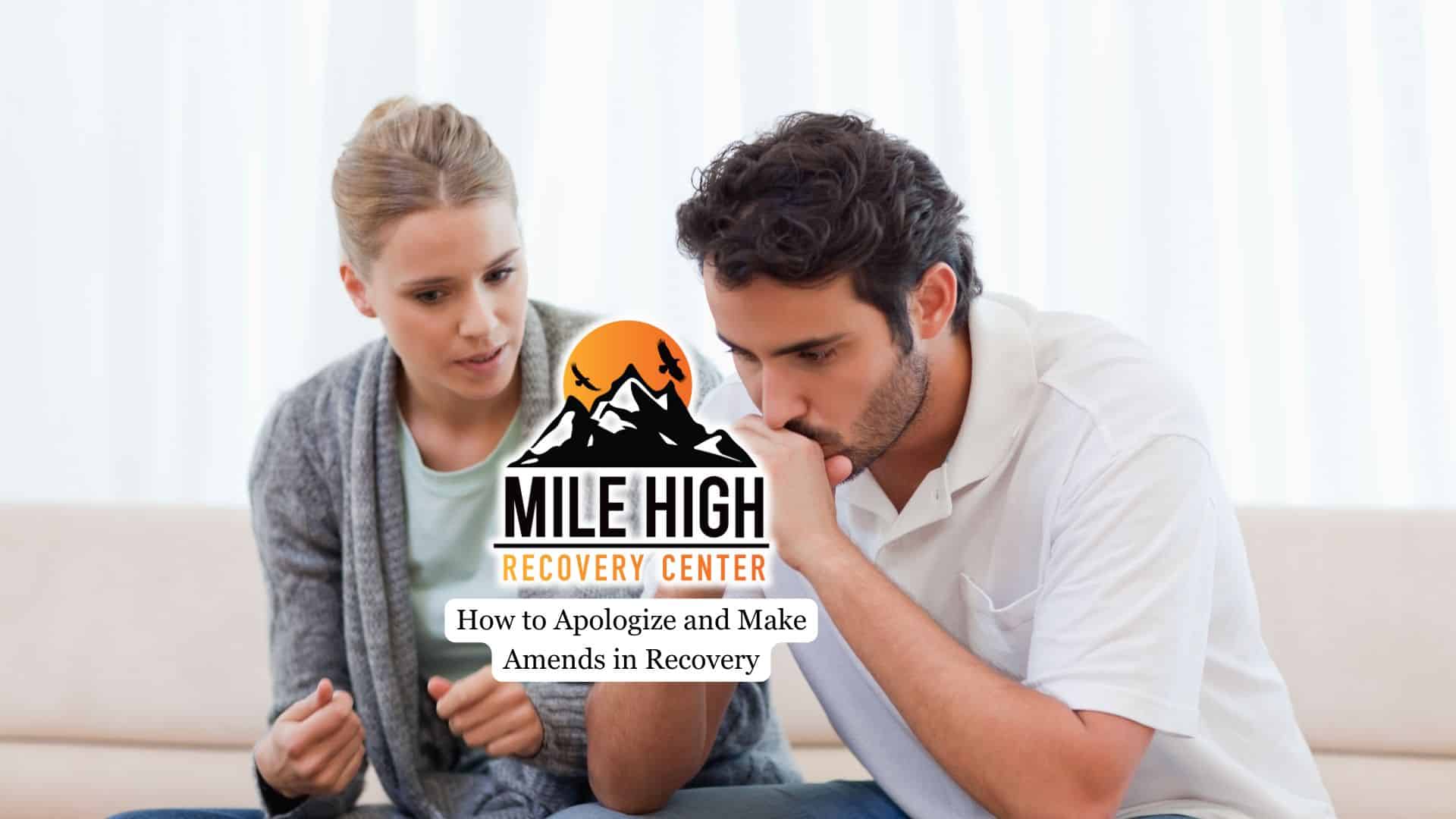Cocaine is a powerful stimulant drug derived from the coca plant, most commonly found in a white powder form or as “crack” cocaine, a smokable crystal form. Cocaine addiction, also known as cocaine use disorder, develops when repeated exposure to the drug alters the brain’s chemistry and wiring.
Recovery from addiction is not a one-size-fits-all process. Each person’s journey depends on various factors. While the timeline for recovery varies widely, gaining a clear understanding of typical rehab durations can help individuals and families prepare for what lies ahead and set realistic expectations.
This article explains what cocaine addiction is, why the length of treatment matters, the different types of rehab programs available, and the factors that influence how long recovery takes.

Typical Rehab Program Durations for Cocaine Addiction
Because the brain’s recovery from cocaine’s effects can take months or even years, professional treatment is often necessary. Structured cocaine addiction treatment programs provide the medical, psychological, and social support needed to manage drug cravings, address underlying mental health issues, and rebuild healthy coping mechanisms for a long-term recovery journey.
Rehab timelines vary by program type and individual clinical needs. Below is an overview of common addiction treatment options:
Cocaine Detox (3–14 days)
The first step in recovery is medical detox, which addresses acute withdrawal symptoms such as depression, fatigue, and intense cravings. While not usually medically dangerous, cocaine withdrawal can be emotionally destabilizing, making professional monitoring essential during this vulnerable phase.
Short-Term Inpatient Treatment (30–90 days)
A residential or inpatient rehab provides round-the-clock supervision, combining therapy, medical care, and peer support. Most specialists recommend at least 90 days, as shorter stays may not give the brain and body enough time to begin stabilizing.
Extended Residential Treatment (4–12 months)
For individuals with severe or long-standing addiction, longer-term programs provide a therapeutic community focused on accountability, structure, and gradual reintegration. Extended care allows more time to address deep-rooted behavioral patterns and reduces relapse risk after discharge.
Partial Hospitalization Programs (PHP, 4–6 weeks)
PHPs offer a high level of structure and intensity, typically involving several hours of treatment each day, five to seven days per week. Services often include group and individual therapy, psychiatric evaluation and medication management, relapse prevention training, and life skills development to support daily functioning. Because participants return home at night, PHPs provide the benefits of intensive treatment while allowing individuals to practice new coping skills in real-world settings.
Intensive Outpatient Programs (IOP, 8–52 weeks)
IOPs typically involve several therapy sessions per week and are designed for people balancing recovery with school, work, or family responsibilities. Program length is flexible, with some extending up to a year based on progress and relapse risk.
Standard Outpatient Treatment (several months to a year)
Standard outpatient programs provide flexible, ongoing support for individuals in recovery from cocaine addiction, typically following higher levels of care such as inpatient or intensive outpatient treatment. While less intensive, they still include individual and group counseling, relapse prevention planning, and family involvement to reinforce lifestyle changes. Because participants live at home, outpatient treatment allows them to maintain work, school, or family responsibilities while staying connected to professional care.

Sober Living and Long-Term Residential Communities (6–12 months+)
These settings offer structured housing, accountability, and peer support for individuals who need extended stability, especially those with co-occurring mental health conditions or limited social support. They serve as a bridge between treatment and full independence.
What Influences Rehab Duration?
A history of relapse may indicate the need for longer treatment to reinforce coping mechanisms, while co-occurring mental health conditions such as depression, anxiety, or PTSD usually require integrated, extended care.
Individual recovery goals, family involvement, and external support systems also shape treatment needs. Practical considerations, including insurance coverage and financial resources, play a significant role in determining what level of care is accessible.
Why Longer Treatment Often Leads to Better Outcomes
The duration of rehab plays a crucial role in recovery. According to the National Institute on Drug Abuse (NIDA), programs lasting fewer than 90 days are generally less effective, while treatment that extends beyond this point is strongly linked to lower relapse rates. This is because recovery requires both biological and behavioral healing: the brain needs time to restore balance after prolonged cocaine use, and individuals need time to develop healthier routines, coping strategies, and support systems.
Longer treatment goes beyond short-term stabilization. It offers the opportunity to work through withdrawal, uncover and address the psychological roots of addiction, and strengthen relapse prevention skills. Extended care also provides the structure to build supportive relationships and create aftercare plans that sustain recovery after formal treatment ends.
The Role of Aftercare and Continuing Support
Aftercare and continuing support play a vital role in maintaining sobriety and preventing relapse. This may include ongoing outpatient therapy, participation in peer support groups such as Narcotics Anonymous or SMART Recovery, or enrollment in sober living communities. Aftercare also emphasizes building a healthy lifestyle, focusing on stress management, employment, relationships, and mental health.
Studies show that individuals who engage in continuing care after formal rehab are significantly more likely to sustain long-term recovery. Aftercare bridges the gap between structured treatment and independent living by providing accountability, ongoing counseling, and a supportive community.
Final Thoughts from Mile High Recovery
Cocaine rehab can range from a few days in detox to a year or more in extended residential care. While short-term programs may provide an important first step, lasting recovery often requires long-term treatment and ongoing support. The right program depends on many factors, including the severity of addiction, co-occurring mental health needs, available support systems, and financial resources.
At Mile High Recovery, we provide comprehensive cocaine addiction treatment in Denver, CO, that is personalized, evidence-based, and designed for sustainable healing. Our continuum of care includes medical detox, inpatient and long-term residential treatment, therapy for co-occurring conditions, and structured aftercare planning. By addressing both immediate challenges and long-term goals, our approach combines medical supervision, evidence-based therapies, and compassionate support at every stage of recovery.







